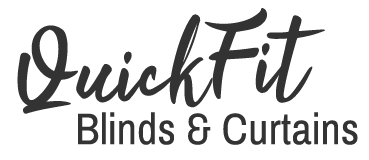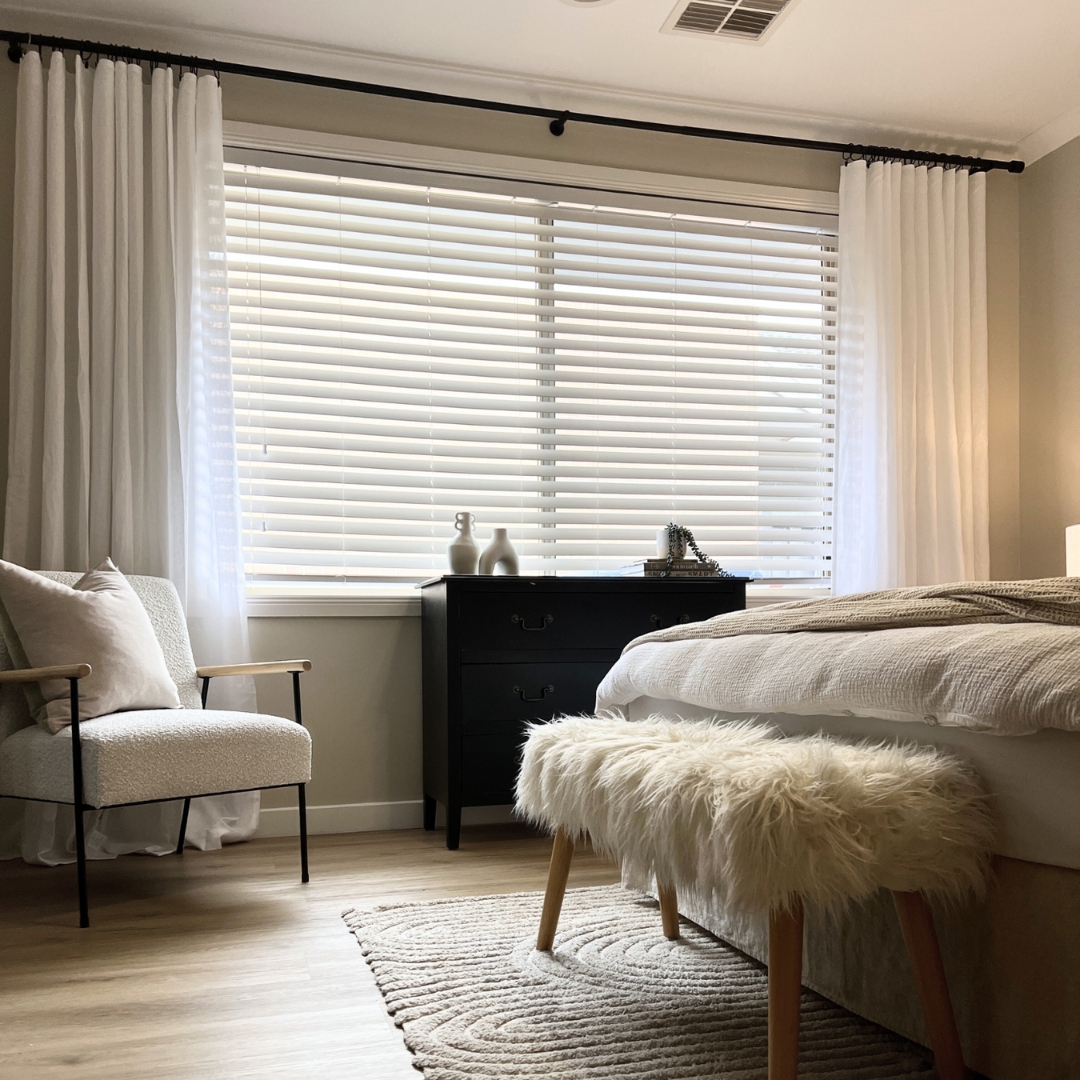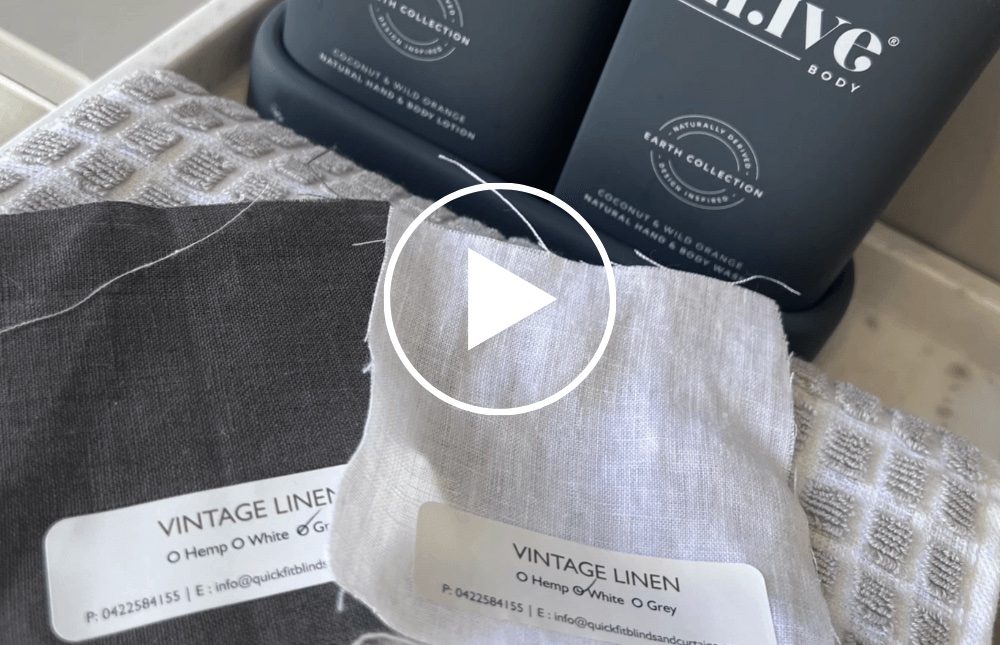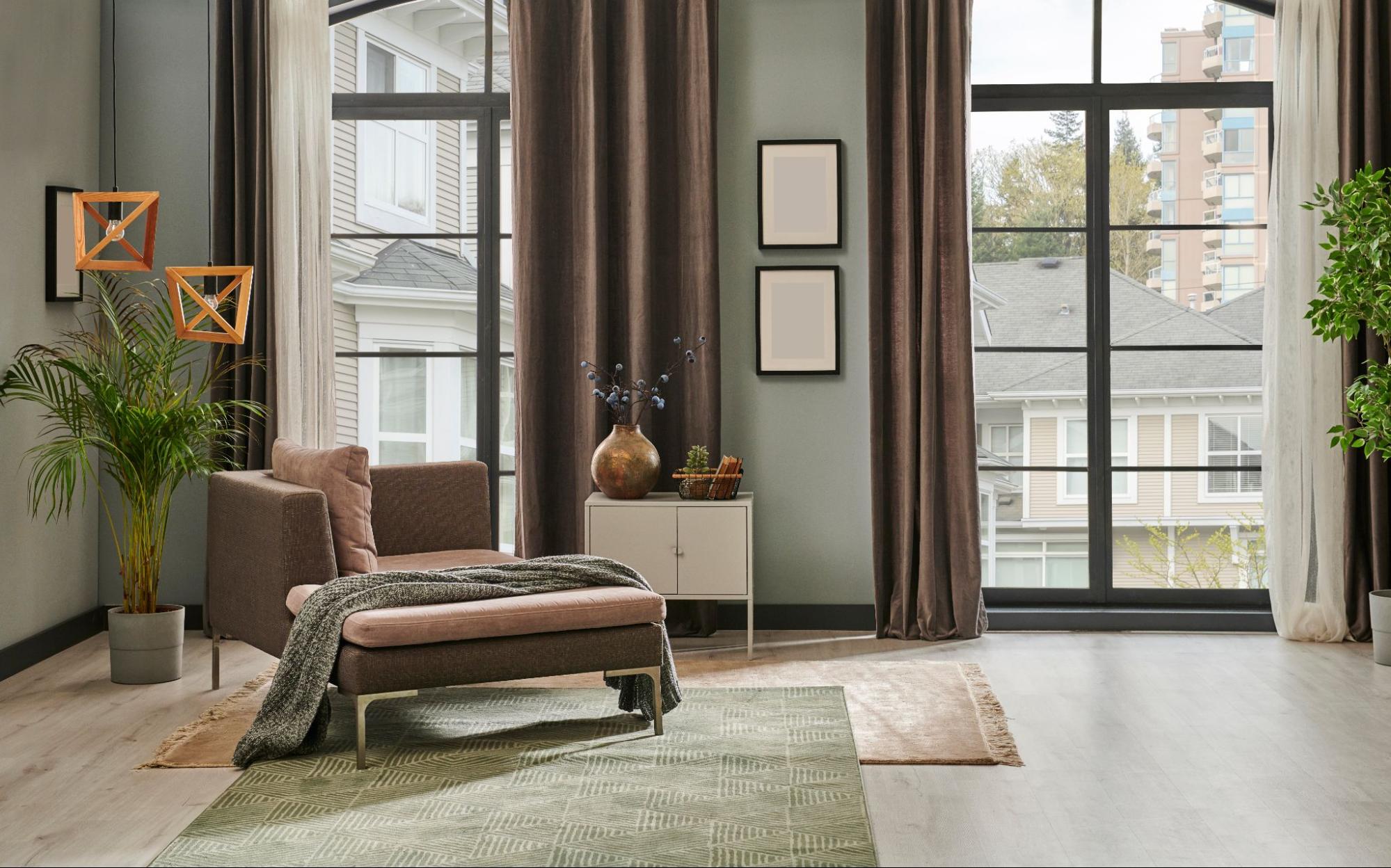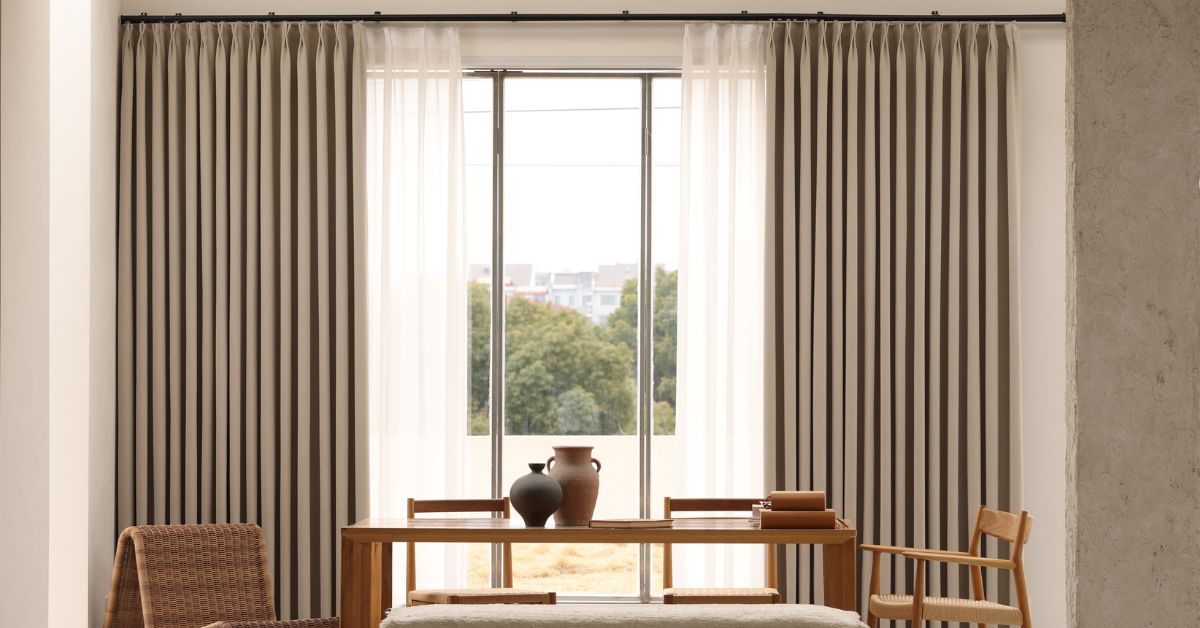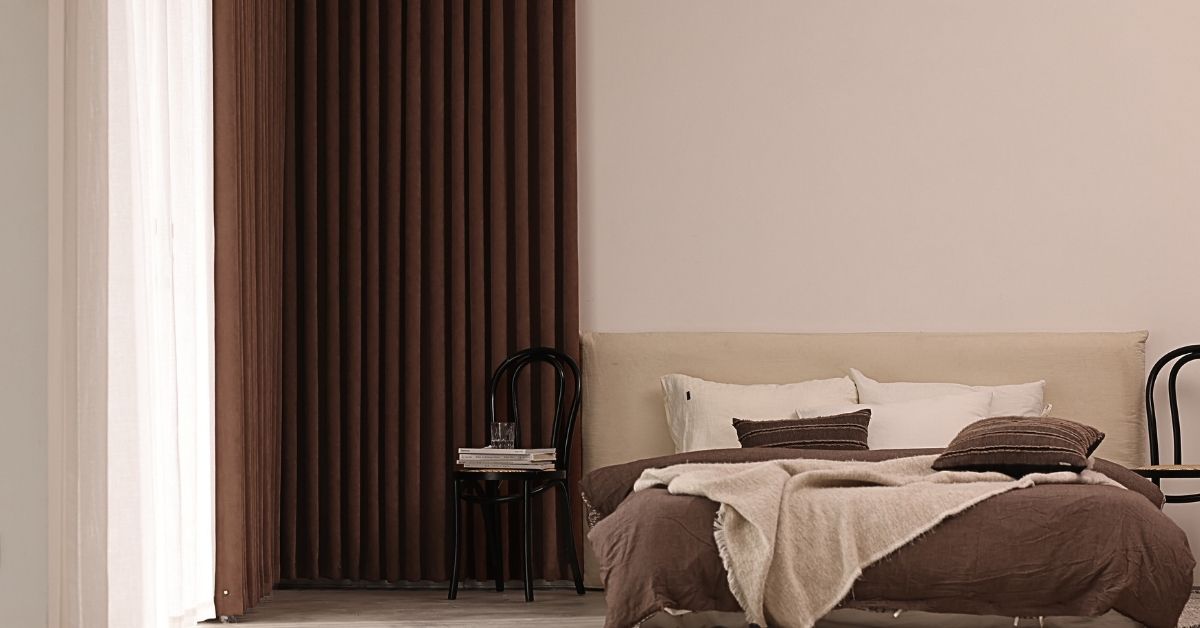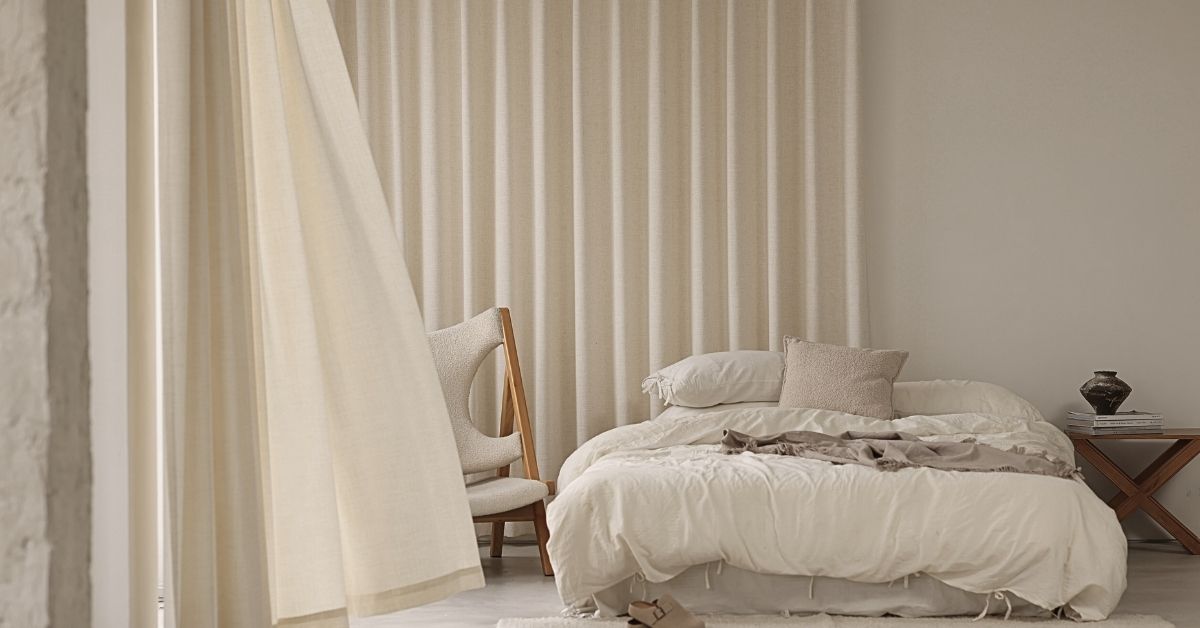With summer right around the corner here in Australia, now is the perfect time to take preventive steps in blocking harsh sunlight from entering your home. Our proximity to the South Pole makes summer days here in Australia some of the longest in the world. This means we’ll naturally have to contend with scorching heat and harsh sun rays for long hours throughout the height of summer.
The dark side of summer days in Australia is of course, that every ray of brilliant sunshine is accompanied by UV exposure that can damage not just our skin but also the furniture and decor inside our home, from our curtains and blinds to the paint on our walls or even our wooden floorboards! UV exposure is actually what causes the colours of your furniture and decor to fade when left in direct sunlight for too long. The science behind colour fading is that prolonged UV exposure has the potential to actually break down the chemical bonds of the top layers of your furniture, which causes its colouring to take on a bleached effect, alongside materials like fabrics looking tired in appearance.
Thankfully, we humans can use sunscreen to protect our skin from harsh rays, but this isn’t really a solution for our furniture. So the question is ‘how can we combat sun exposure for our furniture and home?’ Well, our dedicated DIY designers here at Quickfit may have some solutions for you.
Today, we’re going to be outlining out top 5 ways to combat sun exposure and protect our furniture and decor from experiencing colour fading this summer.
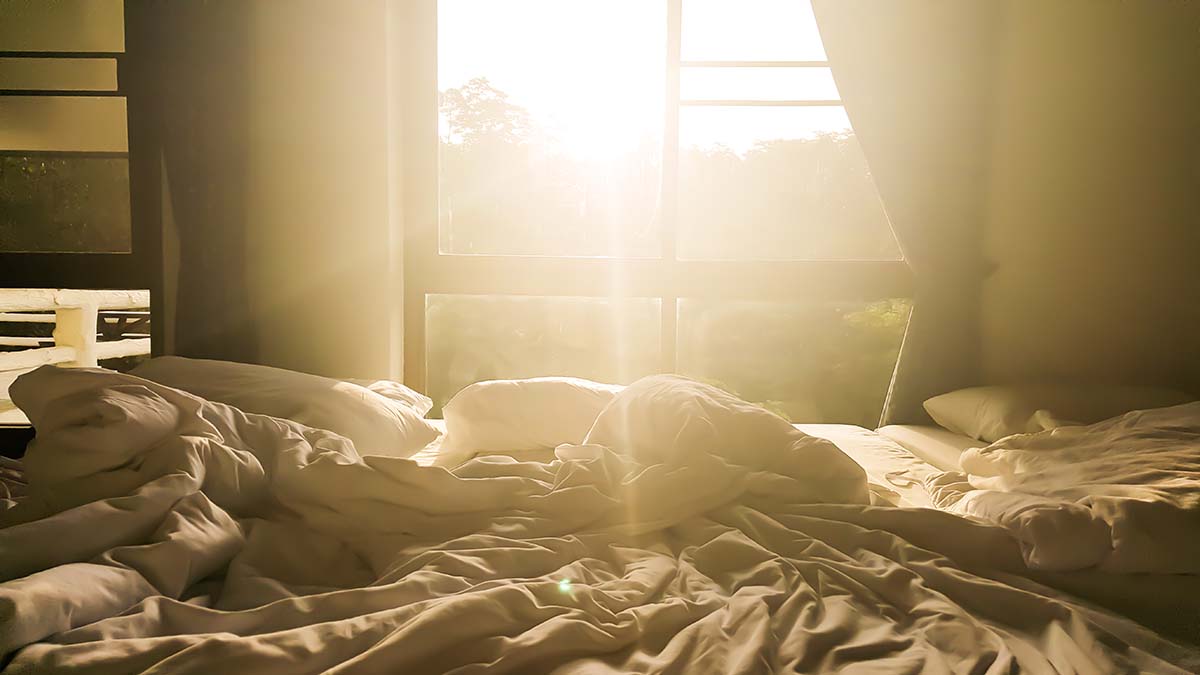
1. Take advantage of sheer curtains
Sheer curtains, also known as semi-transparent curtains, are a great investment for your windows for several reasons. They not only diffuse harsh rays from entering the home, but also offer plenty of privacy during daylight hours.
Although sheer curtains are predominantly used to boost privacy whilst still enjoying plenty of natural light in your home, there are truly more functional aspects behind these curtains than you may have expected. For starters, the build and weave of these curtains is designed to softly and evenly disperse natural light into your home’s interiors, reducing the severity of the sun’s rays during the day.
Sheer curtains may also boast insulatory capabilities as well, as the filtration of harsh sunlight naturally reduces your home’s exposure to UV rays and excess heat as well. These insulatory capabilities can be felt in colder winter months as well, with sheer curtains acting as a barrier between external breezes or winds. Although if you live somewhere particularly chilly, you may be better off layering your curtains or hanging some alternative curtain styles, though more on this later!
2. Hang double roller blinds
Blinds are a great alternative to curtains, being generally lower maintenance, easier to hang and operate, and in some cases even less expensive. For those with pets or younger children, hanging blinds simply becomes a no-brainer as these window coverings are far less likely to accrue stains, being made from synthetic materials like PVC or vinyl which can be easily wiped clean.
Of course, blinds come in their own unique styles, allowing DIY designers to select a blind panel that best compliments their home alongside fulfilling a desired function. For instance, double roller blinds are perfect for blocking harsh sunlight from entering into your home during the day, on top of also shutting out external light sources in the evening in order to facilitate a great night’s sleep. As the name indicates, these particular roller blinds are installed by layering a blockout (or ‘blackout’) roller blind over a sunscreen roller blind. This dual layer system means that you can enjoy two distinct levels of protection from sun exposure in your home.
Blockout blinds block out natural light completely, effectively reflecting UV rays on top of making your room completely dark, hence the term ‘blackout’. The superior light control capabilities of this particular blind style makes them not only great for combatting sun exposure in the home, but also for supporting sleep health for shift workers.
Contrastingly, sunscreen blinds allow a moderate amount of natural light to enter your room alongside filtering out harsh heat and UV rays. All of our sunscreen blinds available here at Quickfit come with a UV rating to denote how effective they are at keeping your home safe from sun damage. You’ll find that the majority of our sunscreen blinds have been proven to block around 95% of UV rays, making them a super sunsmart window covering for your home this summer!
3. Thermal curtains for superior temperature regulation
Australia’s east coast is no stranger to temperamental weather conditions, to say the very least. Even though we can brace ourselves for sweltering summer days, we can still expect our winter season to herald some bitterly cold weather conditions. So it only makes sense to ensure that your home is ready to combat both seasonal extremes.
That’s precisely where our range of thermal curtains comes into play. Our thermal curtains include an acrylic white foam backing. This foam backing helps to not only prevent heat transfer through your windows during winter, but to reflect external heat and block UV rays in the summer months too. The thick layering of these curtains also makes them ideal for blocking out external noise pollution like traffic sounds, making thermal curtains a favourite amongst inner-city homeowners.
Simply put, these particular window coverings are an excellent choice for those who are looking to not only reduce sun exposure in their home this summer, but also maintain great temperature regulation capabilities in their home year-round. And who knows? You may just find that hanging these curtains could also bring down your energy costs and minimise your household’s carbon footprint as well!
4. Incorporate indoor plants to absorb sunlight
Of course, not everyone’s a fan of keeping your curtains drawn during summer days in order to reduce sun exposure. After all, one of the best things about summer in Australia is being able to enjoy the abundance of warmth and sunshine that we get to enjoy all the way down here in the southern hemisphere. And any homeowners that have indoor plants that require plenty of sun may enjoy the daily habit of pulling their curtains apart with the sun every morning.
But excess sun exposure can be just as damaging to houseplants as it can be to furniture, or at least it can be for particular types of houseplants. As any green thumb may know, plants possess their own unique preferences when it comes to light availability. Whilst some plants like ferns prefer indirect sunlight and plenty of cool shade, other plants love soaking up the sun’s rays and being front and centre during warmer summer weather.
With this in mind, homeowners can actually position their indoor plants strategically during the summer months so that their sun-loving plants can feel free to absorb all the sunlight filtering into your home, whilst the more shade-adoring plants can hang in the background with your furniture. In other words, your houseplants can also act as another barrier of defence against UV exposure in the home, so long as you do your research and arrange your plants accordingly!
5. Make use of reflective insulation along with bulk insulation
Last but not least, protecting your home from sun exposure in the summer months involves making equal considerations of your home’s insulation alongside its window coverings. Investing in insulation for your home can play a major role in helping boost your home’s natural temperature regulation capabilities during both summer and winter months. How so?
Whilst the majority of Australian homes constructed in the past decade boasts both reflective and bulk insulation, many older residences are actually lacking the reflective foil insulation that can actually help keep your home naturally cooler in the summer. By reflecting external heat sources, ensuring that heat absorbed through your roof is unable to enter your home’s interiors, reflective foil insulation can actually work alongside your window coverings to keep the summer heat firmly outdoors during the seasonal peak.
By installing reflective foil insulation over your home’s bulk insulation, you can effectively ensure that your Aussie home is ready for the worst bits of both summer and winter. What more could you ask for?
~
As you can see, there are plenty of options available for homeowners who are looking to reduce sun exposure in their homes over the warmer summer months. At this point, all that’s left to do is find the option that best suits you and your wider household. Whether it’s any of the methods we’ve outlined above or your own unique solution, is entirely reliant on the existing temperature control capabilities of your home, and of course, on your household’s own unique needs and preferences.
Want to know more about any of the sun-safe curtains and blinds we have here at Quickfit? Explore our full range of summer curtains and blinds today or get in touch with our team for more information on any of the window coverings we have on offer for you.
